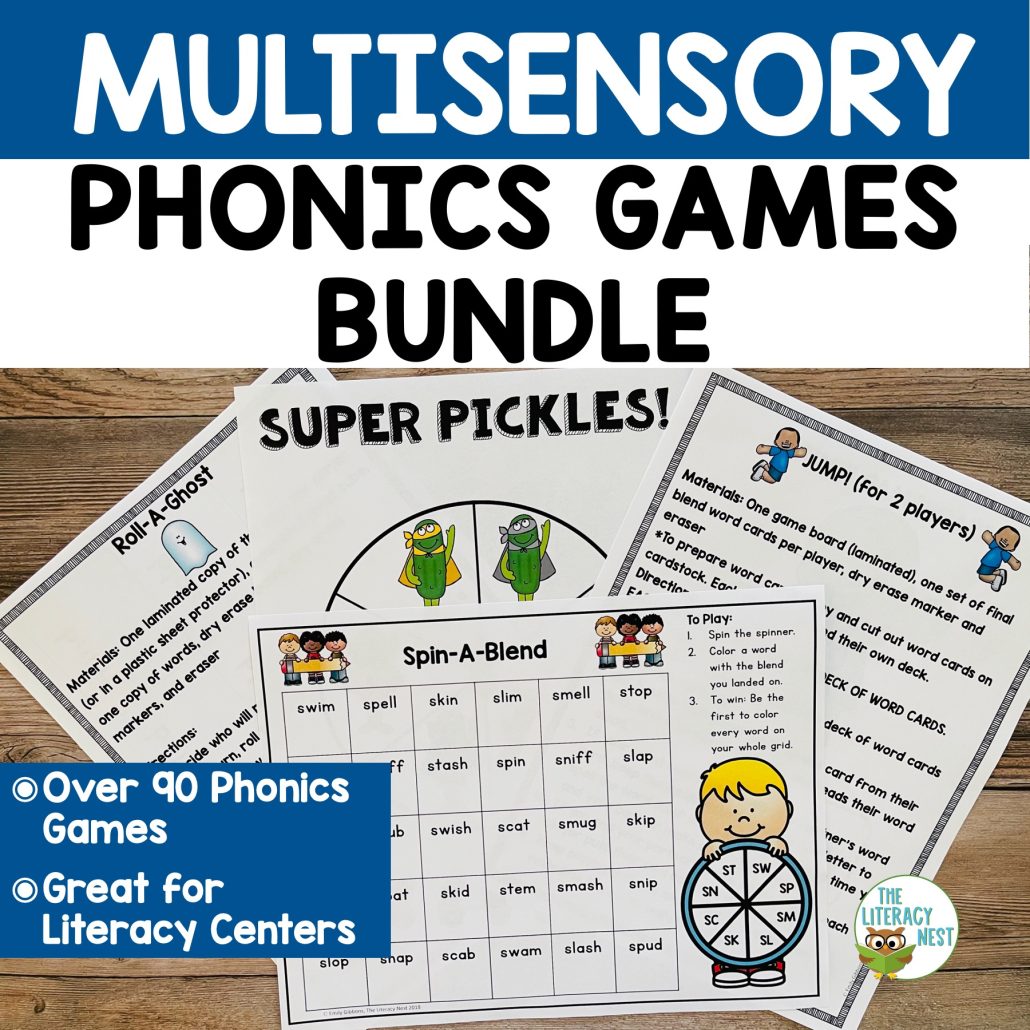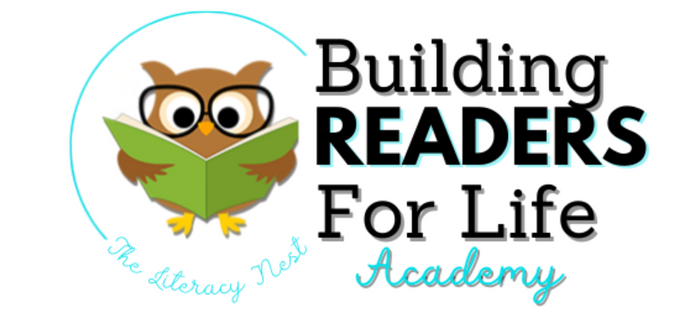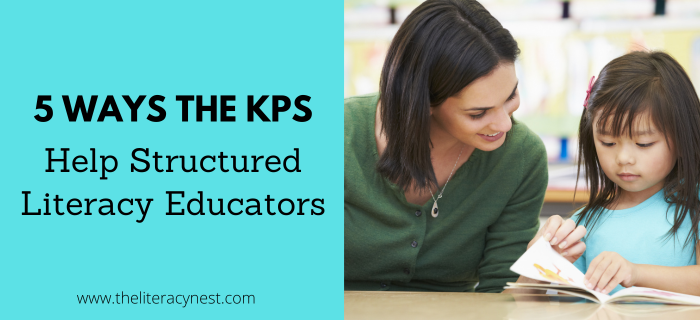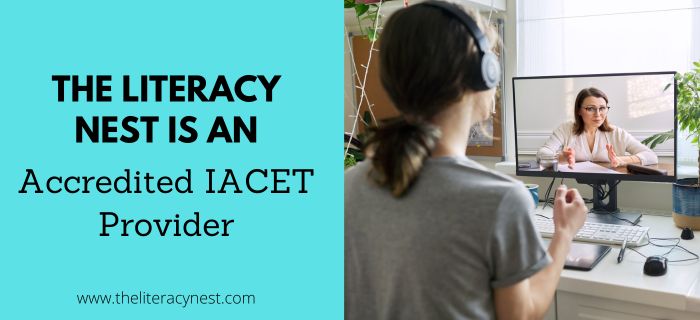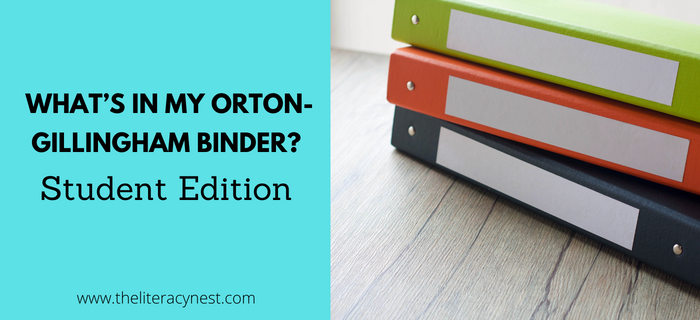How to Explain Multisensory Instruction to Families
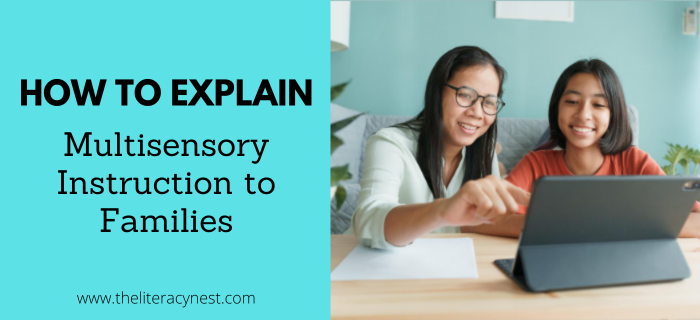
When you’re the parent of a child with a diagnosis like dyslexia, everything can feel overwhelming. Relief over finally having answers and a plan for helping your child can swiftly turn into a feeling of being unprepared. Parents often find themselves faced with an abundance of new information, unfamiliar terms in both legalese and “teacherese” and overwhelming meetings.
There may even be a lack of agreement over what methods are going to best help your child. A dyslexia tutor or Orton-Gillingham instructor is not only your child’s teacher but also an informational liaison. These educators’ private practice may be acting as an advocate or parent educators in addition to our role of teaching the student. Employees of a school system are charged with day-to-day communication with parents in layperson’s terms.
Listen to an in-depth question-and-answer session about Orton-Gilligham. The Together in Literacy podcast, Season 2, Episode, 6: Q&A About OG.
In many cases, a dyslexia evaluation will recommend multisensory instruction, but it can be a challenge for parents to know if their child is receiving multisensory teaching or to understand what multisensory instruction means.
So, how can you explain multisensory instruction in parent-friendly terms?
I usually start by explaining “the whys”, followed by “the what”, and finally I explain how multisensory instruction benefits the child.
Download our printable poster with reminders for explaining multisensory instruction to families!
The Why
When I am talking to families about Orton-Gillingham lessons, I tell them about the ways in which the lesson components use different modalities. I explain to families that when someone has dyslexia, their brain processes information differently. This makes them excellent creative problem solvers and divergent thinkers, but it makes the way words get learned and put into the child’s memory bank and retrieved again inefficient.
What may take just a handful of repetitions for a typical learner takes dozens (upwards of 60-75) for the dyslexic reader. So, while they might read a word on one page when they encounter that same word on the next page, it Is like they are seeing it for the first time. Practicing spelling lists intensely may result in correct spelling on a Friday test, but that same word will be misspelled the very next Monday.
Learn about multisensory tool kits by watching this video!
Even before we understood as much as we do now about dyslexia, teachers and psychologists realized that when students used more of their senses (and used them together), this inefficient filing system became more user-friendly. It became easier for the child to put things into their bank of known words and retrieve those words.
In essence, these teaching strategies helped to build more efficient pathways in their brain. Instead of a dirt road just one car wide, these reading and writing pathways become multilane freeways. Not only does repetition increase the efficiency of pathways, but the use of multiple senses makes that pathway flexible. It is like giving their brain a GPS that can navigate around construction.
The What
Once you have laid the groundwork for why we use multisensory methods; you can explain what some of those methods look like.
I explain that we use multiple senses: sight, sound, touch, or movement and that we use them not just individually but at the same time. So, if a child is tracing a letter in sand, they are seeing the shape of the letter they make and saying the sound. They are using their eyes, ears, mouth, and sense of touch.
When a child repeats back a sound or word, they are not only hearing me and seeing my mouth movements but hearing themselves and feeling their own mouth movements. You will explain to parents that we want to incorporate as many senses as possible at one time and practice going from letter to sound, and from sound to letter.
Looking for multisensory phonics games? Check out this activity bundle!
Why It’s So Important
Lastly, I explain to parents that by using as many senses as possible when learning new information, they can draw on any of those sensory pathways to retrieve that learning. Students that might have a preferred or strongest learning style can utilize that method to their advantage to make retrieving tricky items such as words easier.
When a particular pathway is not functioning at peak efficiency, the student can activate another one of their senses, sort of like switching to a different lane of a multilane road to move safely past road construction. They will need to slow down but won’t come to a complete stop.
I’ve written extensively about multisensory instruction. You can find each post about multisensory teaching techniques, here.
Provide Examples
To illustrate this, I might give an example of when a child is stuck on a decodable word in a story they are reading or makes an error. The teacher might pull the word out of the story writing it on a whiteboard to help a student focus more easily on the visual structure of the word. They may then ask the student to trace the letters while saying the sounds. Using their senses of sight, sound, and motion in conjunction, allows them to more easily and correctly solve the unknown word.
When we have them sound out and trace a word they read incorrectly, we are using the other senses to reinforce the correct pathway. Not only does the use of multiple senses make a stronger more efficient pathway, but it also allows the child’s areas of strength to support areas where they are not as strong. Many students with dyslexia are more kinesthetic learners. By using their strongest modality linked to a weaker area such as visual recognition, they are able to leverage the strength of one modality even when information is presented in another form.
Giving your families a basic understanding of what multisensory instruction means allows them to better know how to help their student, how to recognize when multisensory instruction is happening, and gives them the language to ask pertinent and specific questions about their student’s goals and progress.
Use this FREE handout to give to families to explain Orton-Gillingham!
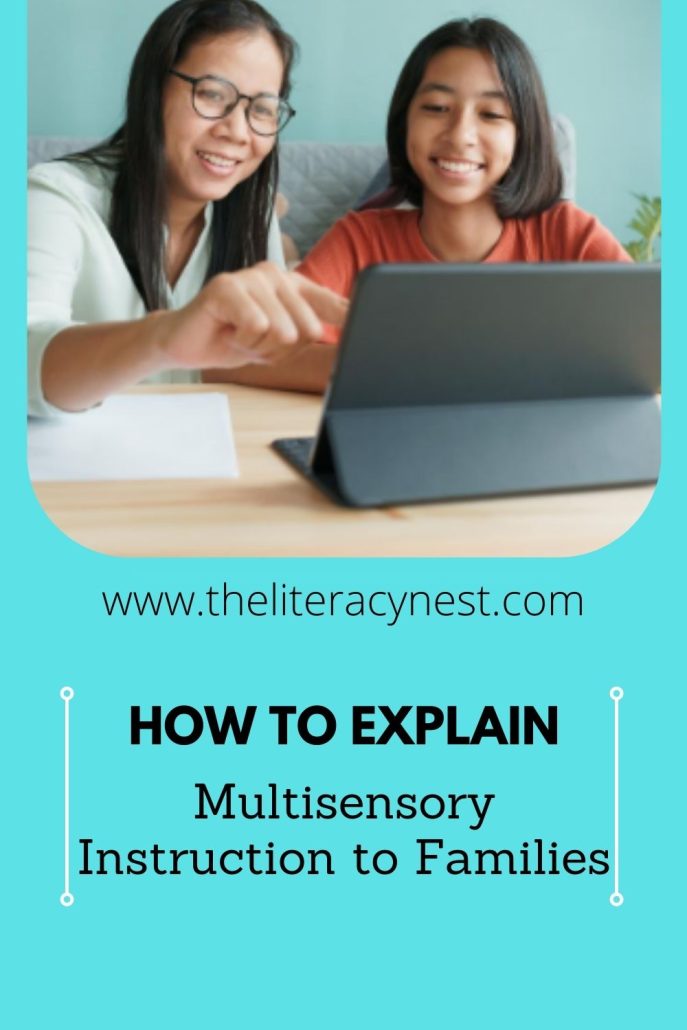
To learn more multisensory teaching techniques, sign up for Building Readers for Life Academy. Both educators and families are welcome!
Building Readers for Life Academy is a monthly membership program that empowers educators AND families by diving into structured literacy and strategies for ALL learners. With BRFL Academy, you’ll learn what it takes to help EVERY student become a reader for life.

